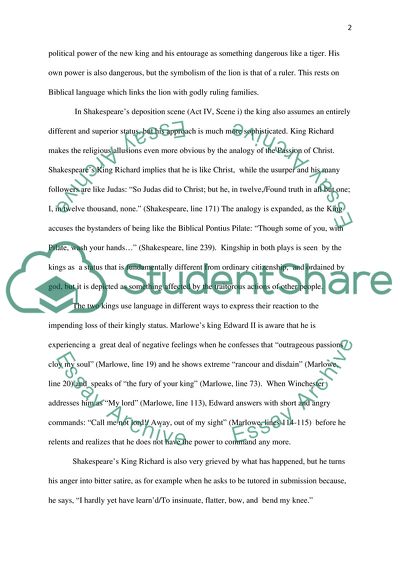Cite this document
(Shakespeare Literature review Example | Topics and Well Written Essays - 1750 words - 2, n.d.)
Shakespeare Literature review Example | Topics and Well Written Essays - 1750 words - 2. https://studentshare.org/literature/1752886-shakespeare
Shakespeare Literature review Example | Topics and Well Written Essays - 1750 words - 2. https://studentshare.org/literature/1752886-shakespeare
(Shakespeare Literature Review Example | Topics and Well Written Essays - 1750 Words - 2)
Shakespeare Literature Review Example | Topics and Well Written Essays - 1750 Words - 2. https://studentshare.org/literature/1752886-shakespeare.
Shakespeare Literature Review Example | Topics and Well Written Essays - 1750 Words - 2. https://studentshare.org/literature/1752886-shakespeare.
“Shakespeare Literature Review Example | Topics and Well Written Essays - 1750 Words - 2”. https://studentshare.org/literature/1752886-shakespeare.


